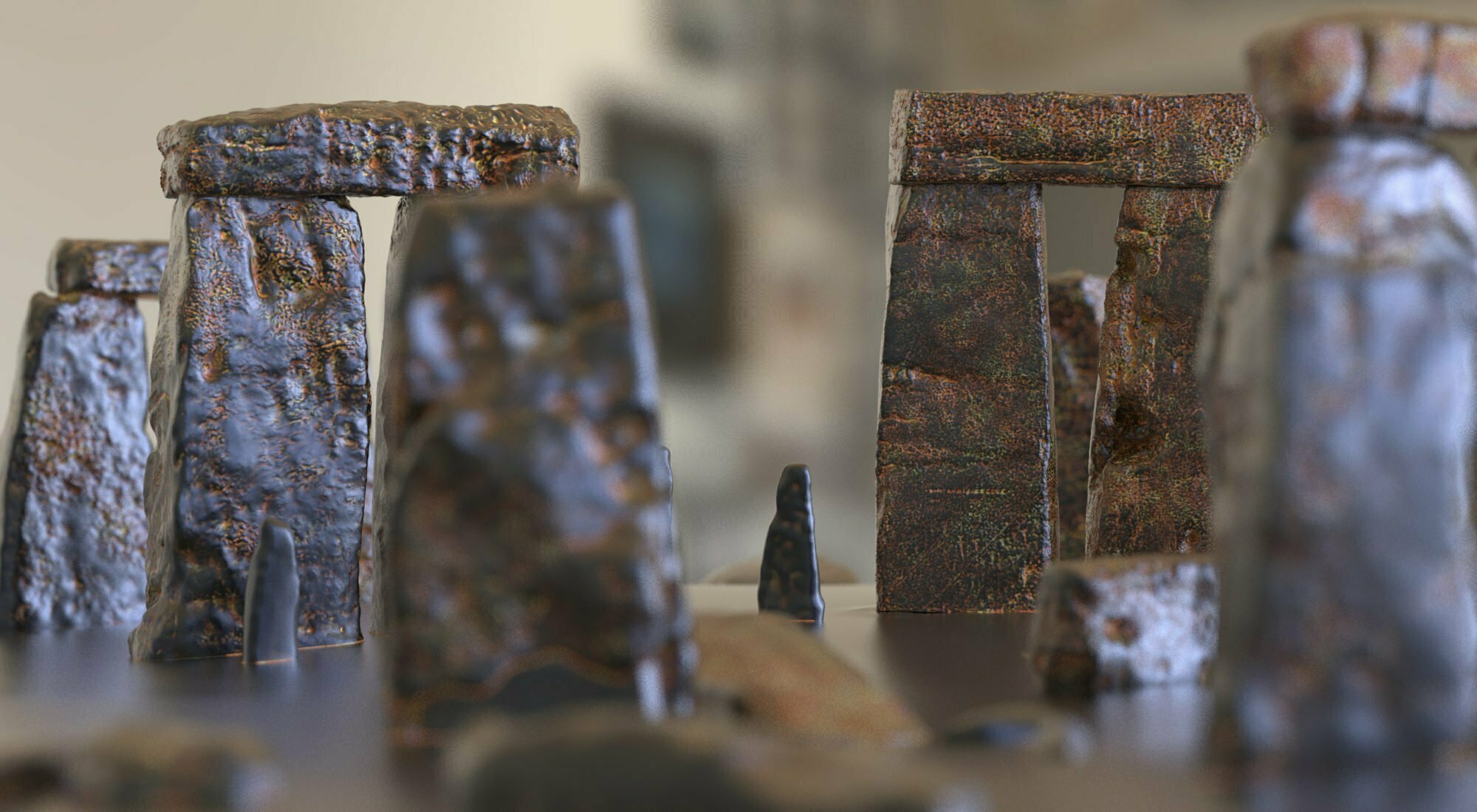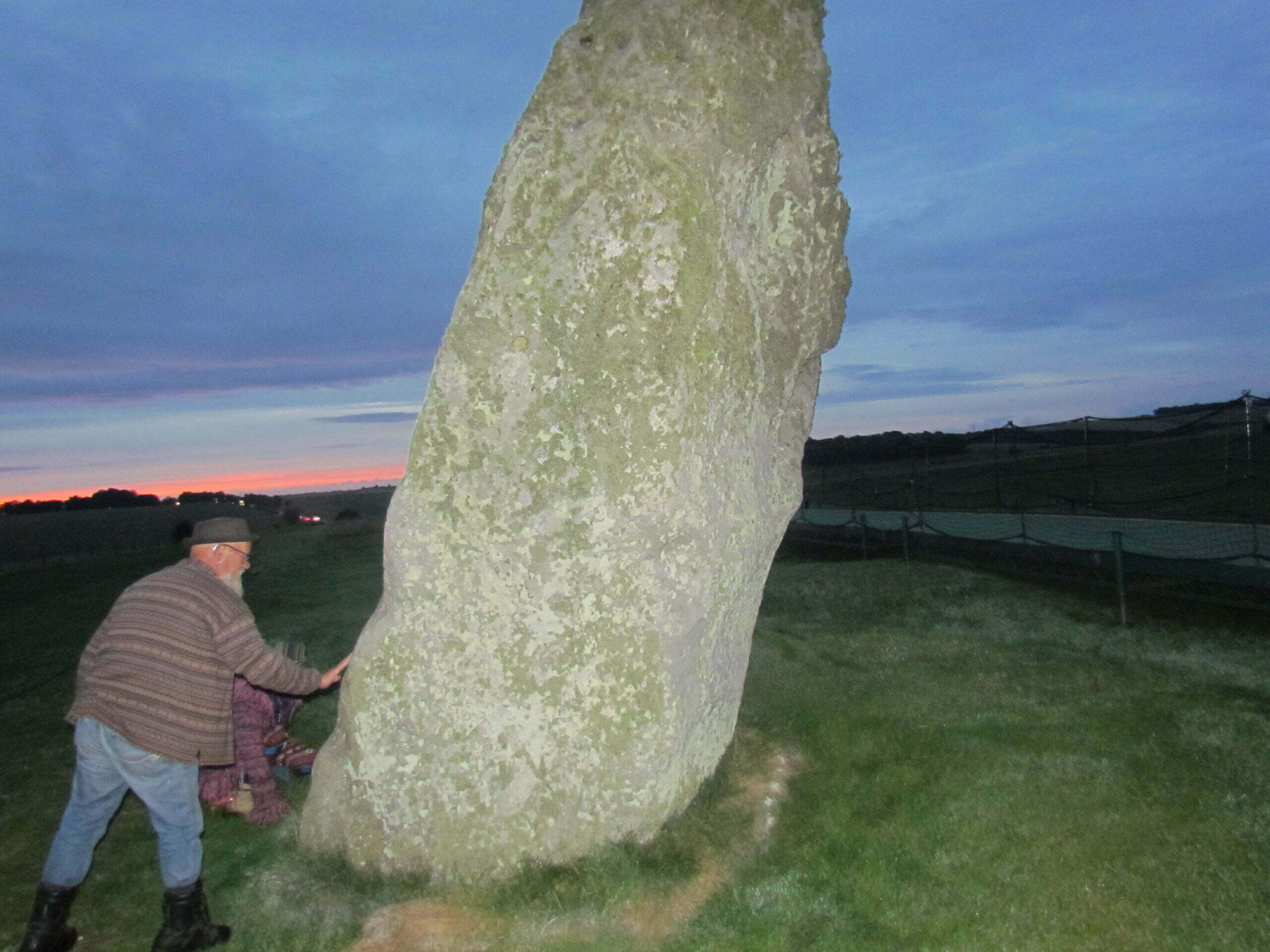We already know that The Avenue is truly ancient, stripes in the underlying rock which align in places on the solstice axis. How they were made is disputed. But it doesn’t matter, they were there long before man walked the then tree-covered area.
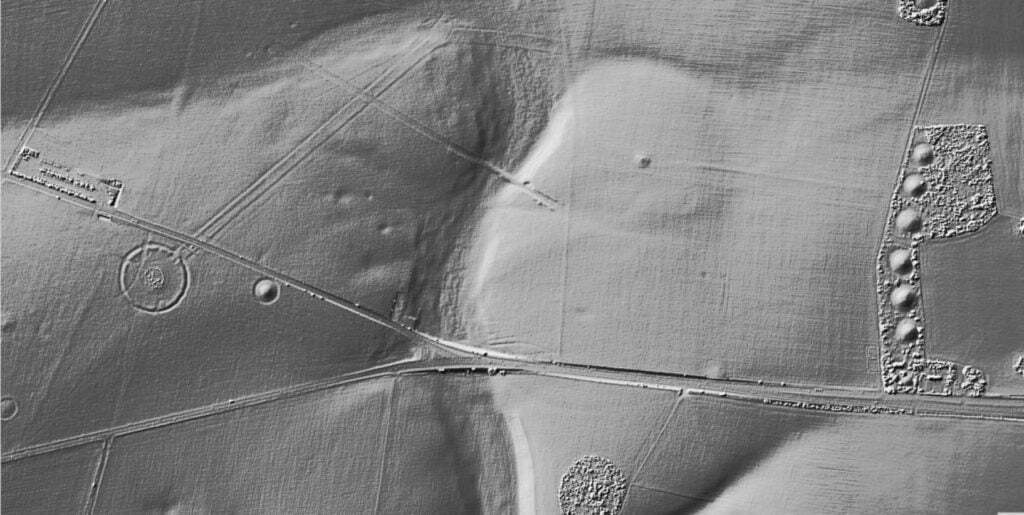
It’s thought that it must have been visible and somehow startling to Mesolithic man – aligning to the Solstices.
Now, in British Archeology, Mike Pitts suggests that two known pits, one next to The Heel Stone, atop The Avenue, and one in the centre of the horseshoe of trilithons – bang in the centre of the stone circle once contained two giant sarsen rocks, and they were there naturally – as ancient as The Avenue. And that this would have drawn more magic to the area for Mesolithic man – an alignment of stripes pointing to the Winter Solstice, capped by two huge rocks, seemingly dropped there. How and by whom?More magic for Mesolithic man at the pre-Stonehenge. Share on X
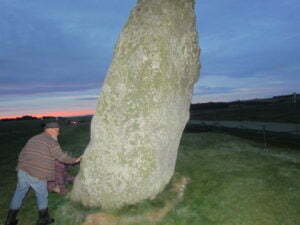
“The northeast entrance to Stonehenge is positioned at one end of a pair of natural ridges. It is not unusual for Neolithic monuments to incorporate such aspects of the natural world into their design, but what is exceptional is that this particular natural feature, by sheer coincidence, is aligned on the solstice axis.”
Mike Parker Pearson (2012)
The hole or pit next to The Heel Stone, which is at the end of The Avenue is far too large for a ‘socket’ of a single stone. (It had been long thought that there were, originally, two stones, a pair, on either side of the top of The Avenue.) Mike Pitts postulates that this huge hole once contained The Heel Stone. It’s large enough being some 6 meters in diameter. Oddly, The Heel Stone has never been dressed, all the other sarsens have been hammered into shape with maul stones. Mike Pitts excavated it in the late 1970s, it’s long been back filled.
It’s always been thought that the huge sarsens were brought overland from the northern Marlborough Downs. All of them.
Sarsen formed atop the chalk laid down around the end of the dinosaurs. There was a sandy desert which was periodically swamped in silica-rich water. Over time, this hardened to form rock. But, interestingly it also included debitage from that sea, branches, bits of wood… What would the builders have thought to see a magical line following the Winter Solstice ending with two huge, partly buried rocks containing parts of trees?
Mike Pitts says of the second hole in the centre of the henge:
“The most likely explanation is that it too held a natural sarsen boulder. It’s possible that at the end of the ice age we had two really large visible sarsen boulders, probably the two largest on Salisbury Plain, close together on the midsummer sunrise-midwinter sunset axis.”
He goes on to suggest that the stone this central hole once contained could be Stone 16.
“What distinguishes it is its very strange shape. If you were bringing the stones from the Marlborough Downs it doesn’t look like a shape you would have selected. It tapers and narrows to a really small top.”
But, as soon as he said ‘strange shape,’ I immediately thought of Stone 28, the one with a reverse shelf.
But, according to the map Stone 16 is more aligned with the solstice axis, as are the pits (marked in red). Perhaps it is more likely that the stone that may (or may not) have been in the central (red) pit would have been kept on the solstice axis. But, bear in mind that the stones around Stone 16 are missing. There could have been a stone that, like The Heel Stone, was undressed, and is now missing.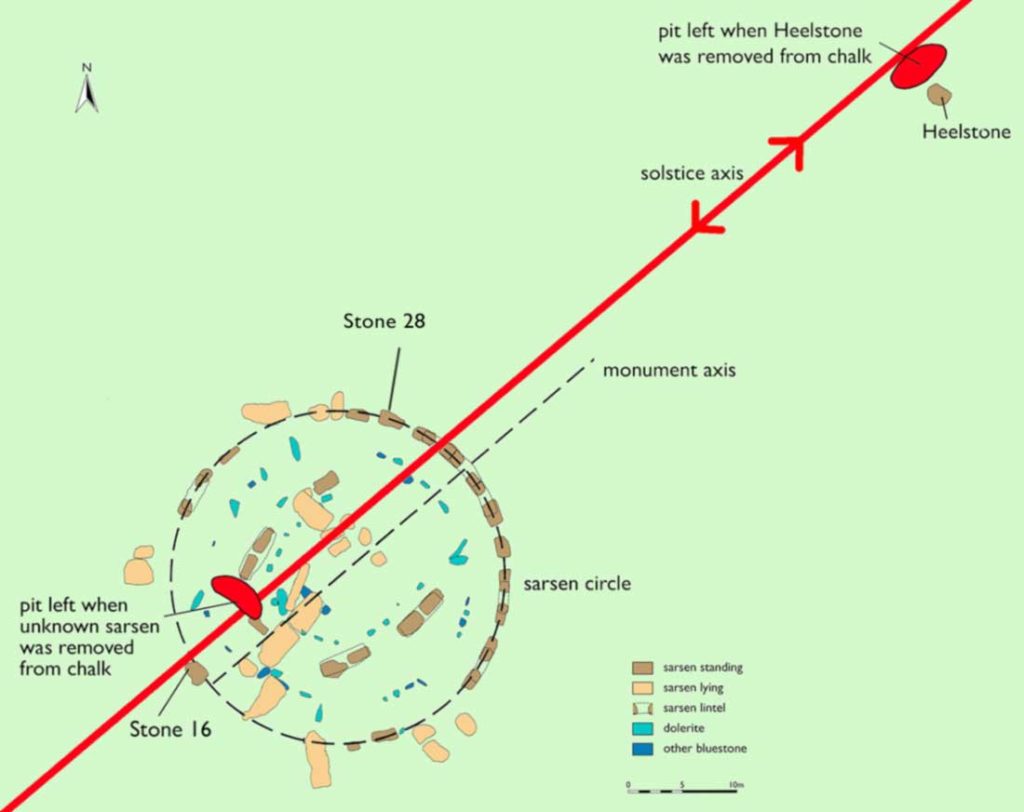
So, the big question is: was Mesolithic man, the hunter-gatherers, the first users of the site at Stonehenge. And not, as generally thought of as the builders, Neolithic man, the farmers?
It was Mesolithic man who set up the 4/5 huge wooden posts (in the car park of the English Heritage shop, about half a mile away) 10,000 years ago. There’s evidence at Blick Mead, too of hunter-gathers, about a mile away from Stonehenge 10,000 – 6,000 years ago.
Since it’s generally accepted the ditch at Stonehenge was built about 5,000 years ago, perhaps for even 5,000 years before the initial ditch, the site was used, in its natural state. Just an alignment with the solstice, a few furrows in a field and two half-buried great sarsen rocks on a slight hill. It could have been. Since all of the area was later planted with wooden posts, blue stones, sarsens and these moved around and repositioned would have destroyed any evidence of Mesolithic parties 😉
